| 产品型号 | JFTSM-SFP+10-CW1416-ER-LCD | 工厂品牌 | JFOPT嘉富 |
| 封装形式 | SFP+ | 光口类型 | LC duplex |
| 最高总速率 | 11.3Gbps | 每通道速率 | 10.138Gb/s |
| 功率预算 | 23dB | ||
| 工作波长 | 1470nm to 1610nm | 工作电压 | 3.3V |
| 光纤型号 | SMF | 纤芯尺寸 | 9/125 |
| 发射器类型 | CWDM EML | 接收器类型 | IDP |
| 发射功率 | 0~4dBm | 接收灵敏度 | -23dBm |
| 数字诊断 | YES | 接收过载 | -8dBm |
| 功耗 | <1.5W | 支持协议 | SFF-8431 SFF-8432 SFF-8472 |
| 工作温度(商业级) | 0 to 70℃ (32 to 158℉) | 储存温度(商业级) | -40 to 85℃ (-40 to 185℉) |
| 工作温度(扩展级) | -20 to 75℃ (-4 to167℉) | 储存温度(扩展级) | -40 to 85℃ (-40 to 185℉) |
JFOPT嘉富持续投入光模块生产领域,产品覆盖1*9、SFP、10G、25G、100G、200G、400G、800G GPON/EPON/XG/XGSPON OLT等全系列光模块。同时为下游同行提供TOSA、ROSA、BOSA等光器件半成品解决方案。JFOPT嘉富生产线具备日产量一万只光模块、两万只光器件的能力。此外,JFOPT嘉富光模块拥有业界领先的耐高温、抗干扰特性,广泛应用于计算中心、运营商、交通安防、电力设施等行业领域。
JFOPT SFP+ 10G CWDM (1470-1610nm) ER LC DX系列光模块专为10G速率高性能光纤通信应用设计,完全符合SFP+多源协议(MSA) SFF-8431规范。该模块针对单模光纤优化,支持粗波分复用(CWDM)传输,提供1470nm至1610nm范围内8个中心波长通道,波长间隔20nm,保障14dB光链路预算。模块配备SFP+连接器支持热插拔功能,仅需单路3.3V电源供电。可通过LVTTL逻辑高电平输入(TX_DIS)禁用光输出,并设有接收信号丢失(RX_LOS)输出接口指示光信号中断状态,同时支持基于SFF-8472标准的双线串行接口数字诊断功能。
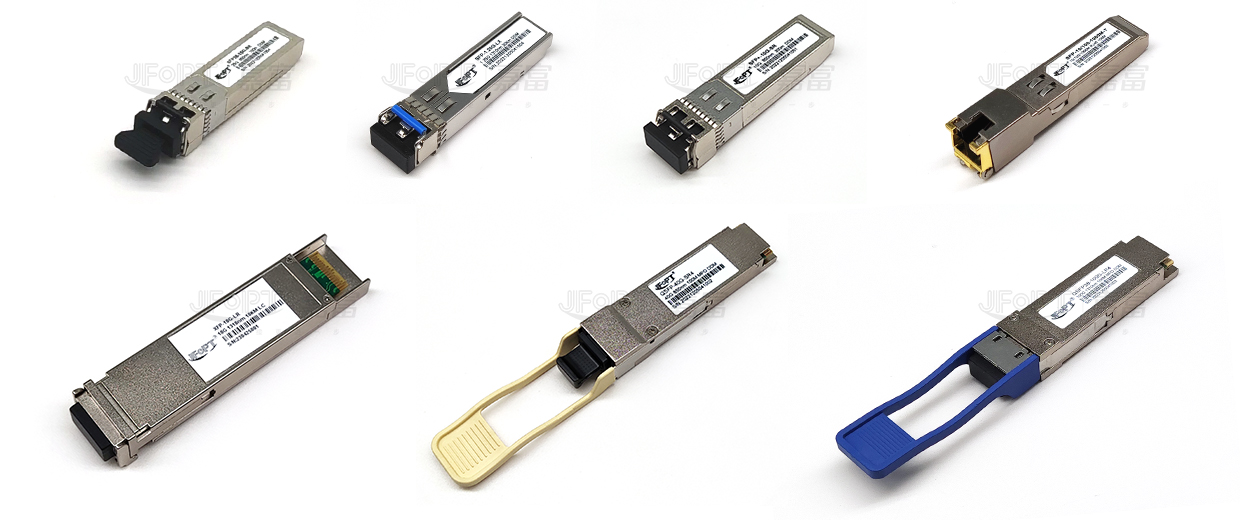
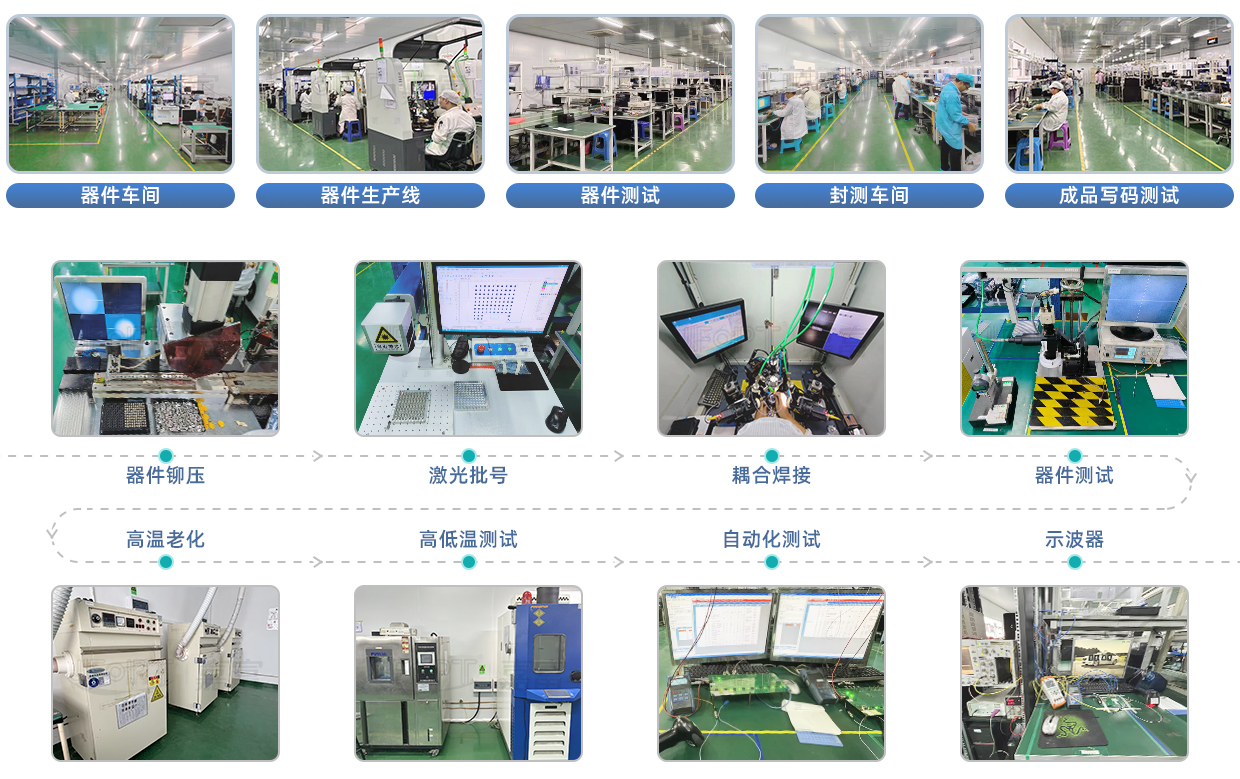
| Hot-pluggable SFP+ footprint | 8-wavelengths CWDM EML transmitter from1470nm to 1610nm, with step 20nm | ||||||||
| 14dB power budget | Duplex LC connector | ||||||||
| Power dissipation(0°C to 70°C) < 1.5W | Power dissipation(-20℃~75℃) < 1.8W | ||||||||
| Dispersion tolerance 800ps/nm | Case operation temperature: Standard: 0°C to 70°C Extended:-20℃~75℃ |
| 10GBASE-ER/EW | 10G FC | ||||||||
| OBSAI rates 6.144 Gb/s, 3.072 Gb/s,1.536 Gb/s, 0.768Gb/s | CPRI rates 10.138Gb/s ,9.830 Gb/s,7.373Gb/s, 6.144 Gb/s, 4.915 Gb/s, 2.458 Gb/s, 1.229 Gb/s, 0.614Gb/s |
||||||||
| Other optical links |

| Part No. | Data rate | Laser | Fiber | Power budget | CDR | Interface | Temp. | ||
| JFTSM-SFP+10-CW1416-ER-LCD | 0.6Gbps to 11.3Gbps |
CWDM EML | SMF | 14dB | NO | LC | Standard | ||
| Extended | |||||||||
| Band | Nomenclature | Wavelength(nm) | |||||||
| Min. | Typ. | Max. | |||||||
| S-band short wavelength | K | 1464 | 1470 | 1477.5 | |||||
| L | 1484 | 1490 | 1497.5 | ||||||
| M | 1504 | 1510 | 1517.5 | ||||||
| N | 1524 | 1530 | 1537.5 | ||||||
| C-band conventional | O | 1544 | 1550 | 1557.5 | |||||
| L-band long wavelength | P | 1564 | 1570 | 1577.5 | |||||
| Q | 1584 | 1590 | 1597.5 | ||||||
| R | 1604 | 1610 | 1617.5 | ||||||
CWDM*: 8 Wavelengths from 1470nm to 1610nm, each step 20nm.
| Parameter | Symbol | Min. | Typical | Max. | Unit | |||
| Maximum supply voltage 1 | Vcc | -0.5 | - | 4.0 | V | |||
| Storage temperature | Ts | -40 | - | 85 | °C | |||
| Parameter | Symbol | Min. | Typical | Max. | Units | ||||
| Case operating temperature | TC | Standard | 0 | - | +70 | °C | |||
| Extended | -20 | - | 75 | °C | |||||
| Supply voltage | Vcc | 3.13 | 3.3 | 3.45 | V | ||||
| Supply current | Icc (0°C to 70°C) | - | 350 | 455 | mA | ||||
| Icc (-20°C to 75°C) | - | 350 | 600 | mA | |||||
| Data rate | SNC-SFP+10-CW1416-ER-LCD | 0.6 | - | 11.3 | Gbps | ||||
| Parameter | Symbol | Min. | Typ. | Max | Unit | Notes | |||
Transmitter |
|||||||||
| CML inputs(Differential) | Vin | 180 | - | 1000 | mVpp | 1 | |||
| Input impedance (Differential) | Zin | 85 | 100 | 115 | ohms | - | |||
| Tx_DISABLE input voltage - high | - | 2 | - | Vcc+0.3 | V | - | |||
| Tx_DISABLE input voltage - low | - | 0 | - | 0.8 | V | - | |||
| Tx_FAULT output voltage - high | - | 2 | - | Vcc+0.3 | V | - | |||
| Tx_FAULT output voltage - low | - | 0 | - | 0.8 | V | - | |||
Receiver |
|||||||||
| CML outputs (Differential) | Vout | 350 | - | 700 | mVpp | 1 | |||
| Output impedance (Differential) | Zout | 85 | 100 | 115 | ohms | - | |||
| Rx_LOS output voltage - high | - | 2 | - | Vcc+0.3 | V | - | |||
| Rx_LOS output voltage - low | - | 0 |
-
|
0.8
|
V | - | |||
| MOD_DEF ( 0:2 ) | VoH | 2.5 | - | - | V | 2 | |||
| VoL | 0 | - | 0.5 | V | |||||
| Parameter | Symbol | Min. | Typical | Max. | Unit | Notes | |||
Transmitter |
|||||||||
| Optical wavelength | λ | λc–6 | - | λc+7.5 | nm | 2 | |||
| -20dB spectrum width | Δλ | - | - | 1 | nm | - | |||
| Side mode suppression ratio | SMSR | 30 | λc | - | dB | - | |||
| Output opt. pwr(EOLP-1696-14XN) | Pout | -1 | - | +4 | dBm | 1 | |||
| Output opt. pwr(EOLP-1696-14XEN) | Pout | -2 | - | +4 | dBm | 1 | |||
| Extinction ratio | ER | 3.5 | - | - | dB | - | |||
| Average launch power of OFF transmitter | POFF | - | - | -30 | dBm | - | |||
| Transmitter dispersion penalty | TDP | - | - | 3 | dB | - | |||
| TX jitter | TXj | Per 802.3ae requirements | - | - | |||||
| Relative intensity noise | RIN | - | - | -128 | dB/Hz | - | |||
Receiver |
|||||||||
| Receiver sensitivity | Pmin | - | - | -16 | dBm | 3 | |||
| Maximum input power | Pmax | -1 | - | - | dBm | - | |||
| Optical center wavelength | λ | 1260 | - | 1620 | nm | - | |||
| Receiver reflectance | Rrf | - | - | -12 | dB | - | |||
| LOS de-assert | LOSD | - | - | -20 | dBm | - | |||
| LOS assert | LOSA | -28 | - | - | dBm | - | |||
| LOS hysteresis | - | 1 | - | - | dB | - | |||
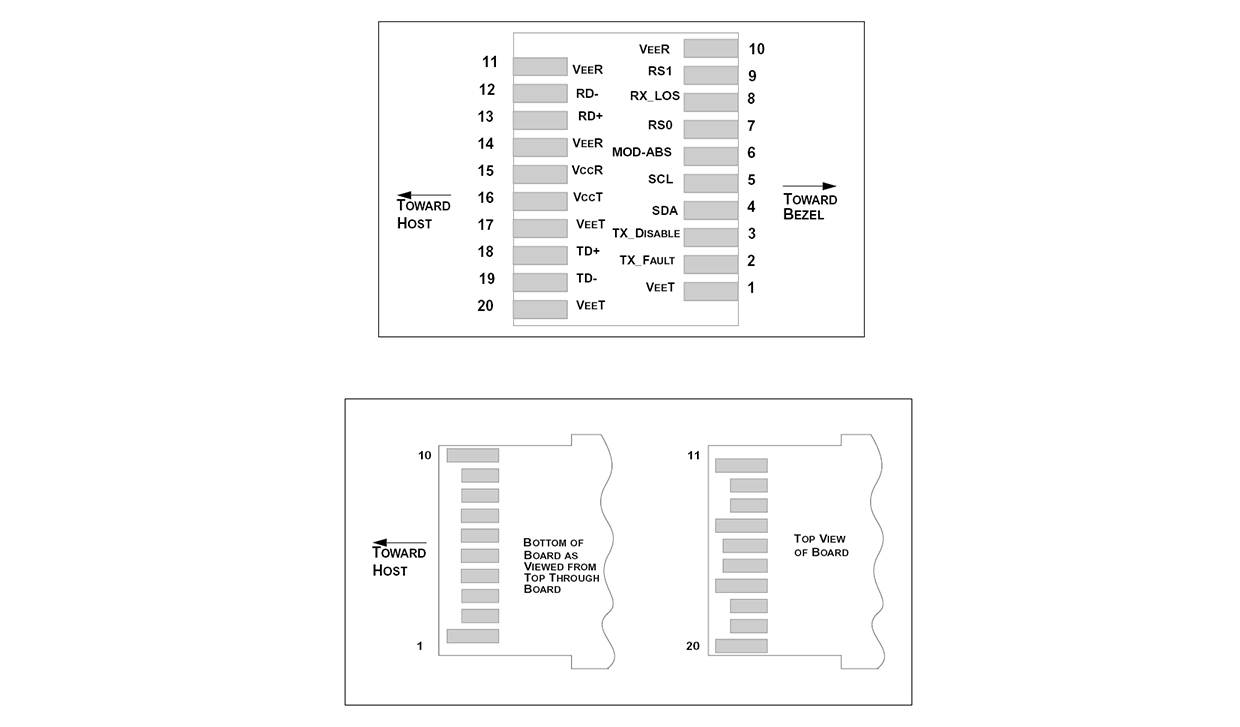
| Pin Num. | Name | Function | Plug Seq. | Notes | ||||
| 1 | VeeT | Transmitter ground | 1 | Note 5 | ||||
| 2 | TX fault | Transmitter fault indication | 3 | Note 1 | ||||
| 3 | TX disable | Transmitter disable | 3 | Note 2, module disables on high or open | ||||
| 4 | SDA | Module definition 2 | 3 | 2-Wire serial interface data line. | ||||
| 5 | SCL | Module definition 1 | 3 | 2-Wire serial interface clock. | ||||
| 6 | MOD_ABS | Module definition 0 | 3 | Note 3 | ||||
| 7 | RS0 | RX rate select(LVTTL). | 3 | No function implement | ||||
| 8 | LOS | Loss of signal | 3 | Note 4 | ||||
| 9 | RS1 | TX rate select(LVTTL). | 1 | No function implement | ||||
| 10 | VeeR | Receiver ground | 1 | Note 5 | ||||
| 11 | VeeR | Receiver ground | 1 | Note 5 | ||||
| 12 | RD- | Inv. received data out | 3 | Note 6 | ||||
| 13 | RD+ | Received data out | 3 | Note 6 | ||||
| 14 | VeeR | Receiver ground | 1 | Note 5 | ||||
| 15 | VccR | Receiver power | 2 | 3.3V ± 5%, Note 7 | ||||
| 16 | VccT | Transmitter power | 2 | 3.3V ± 5%, Note 7 | ||||
| 17 | VeeT | Transmitter ground | 1 | Note 5 | ||||
| 18 | TD+ | Transmit data in | 3 | Note 8 | ||||
| 19 | TD- | Inv. transmit data in | 3 | Note 8 | ||||
| 20 | VeeT | Transmitter ground | 1 | Note 5 | ||||
Notes:
1) TX Fault is an open collector/drain output, which should be pulled up with a 4.7K – 10KΩ resistor on the host board. Pull up voltage between 2.0V and VccT/R+0.3V. When high, output indicates a laser fault of some kind. Low indicates normal operation. In the low state, the output will be pulled to < 0.8V.
2) TX disable is an input that is used to shut down the transmitter optical output. It is pulled up within the module with a 4.7K – 10 KΩ resistor. Its states are:
Low (0 – 0.8V): Transmitter on
(>0.8, < 2.0V): Undefined
High(2.0 – 3.465V): Transmitter Disabled
Open: Transmitter Disabled
3) Module Absent, connected to VeeT or VeeR in the module.
4) LOS (Loss of Signal) is an open collector/drain output, which should be pulled up with a 4.7K – 10KΩ resistor. Pull up voltage between 2.0V and VccT/R+0.3V. When high, this output indicates the received optical power is below the worst-case receiver sensitivity (as defined by the standard in use). Low indicates normal operation. In the low state, the output will be pulled to < 0.8V.
5) The module signal ground contacts, VeeR and VeeT, should be isolated from the module case.
6) RD-/+: These are the differential receiver outputs. They are AC coupled 100Ω differential lines which should be terminated with 100Ω (differential) at the user SERDES. The AC coupling is done inside the module and is thus not required on the host board. The voltage swing on these lines will be between 350 and 700 mV differential (175 –350 mV single ended) when properly terminated.
7) VccR and VccT are the receiver and transmitter power supplies. They are defined as 3.3V ±5% at the SFP+ connector pin. Maximum supply current is 430mA. Recommended host board power supply filtering is shown below. Inductors with DC resistance of less than 1 ohm should be used in order to maintain the required voltage at the SFP+ input pin with 3.3V supply voltage. When the recommended supply-filtering network is used, hot plugging of the SFP+ transceiver module will result in an inrush current of no more than 30mA greater than the steady state value. VccR and VccT may be internally connected within the SFP+ transceiver module.
8) TD-/+: These are the differential transmitter inputs. They are AC-coupled, differential lines with 100Ω differential termination inside the module. The AC coupling is done inside the module and is thus not required on the host board. The inputs will accept differential swings of 150 – 1200 mV (75 – 600mV single-ended).


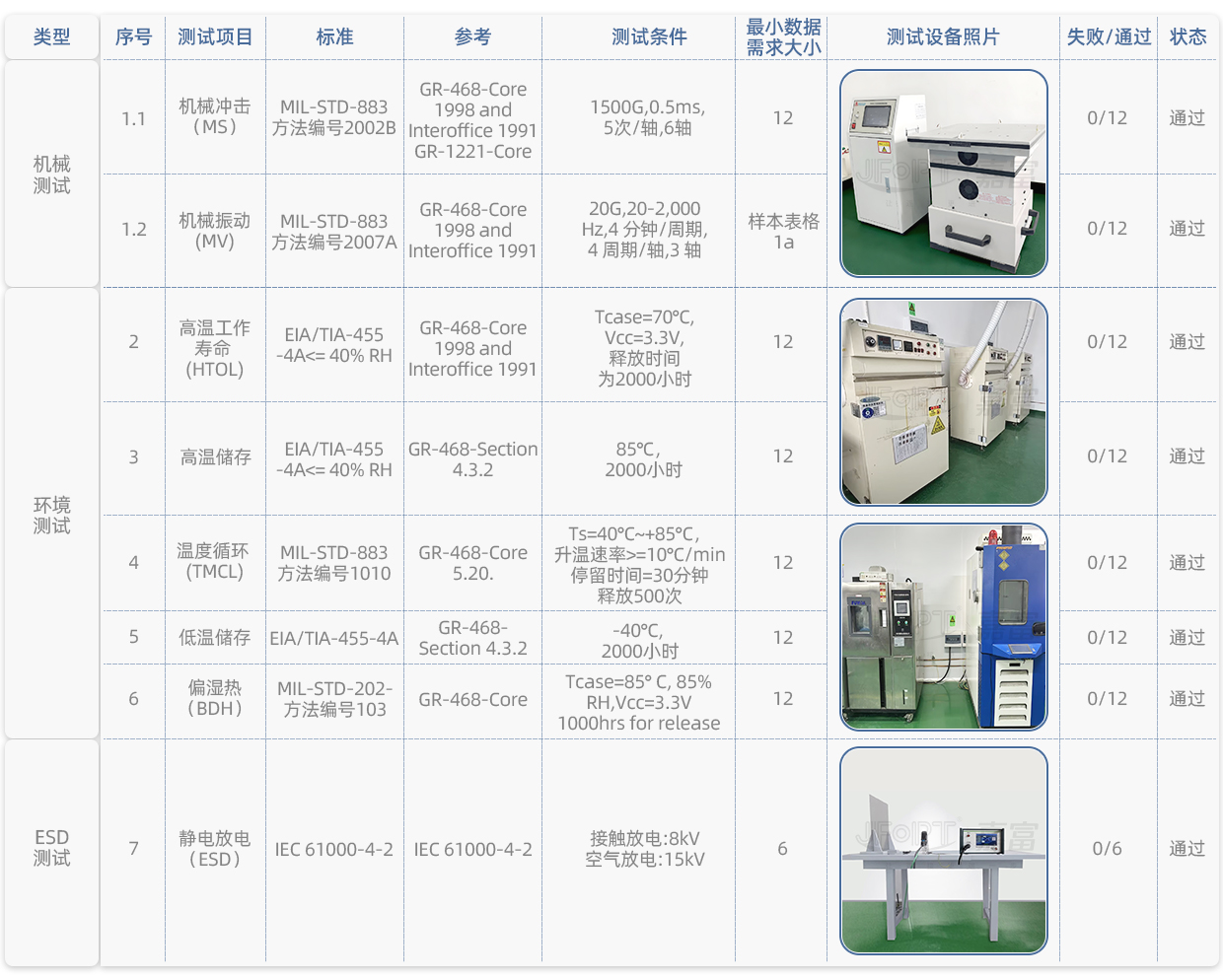










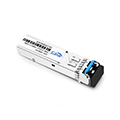
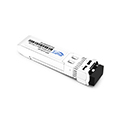
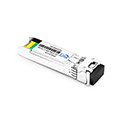
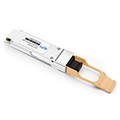
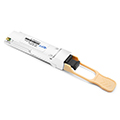
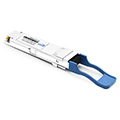
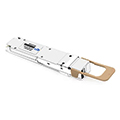
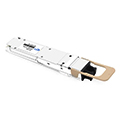
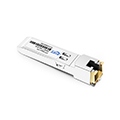
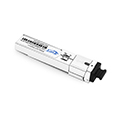
















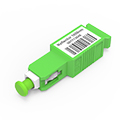






























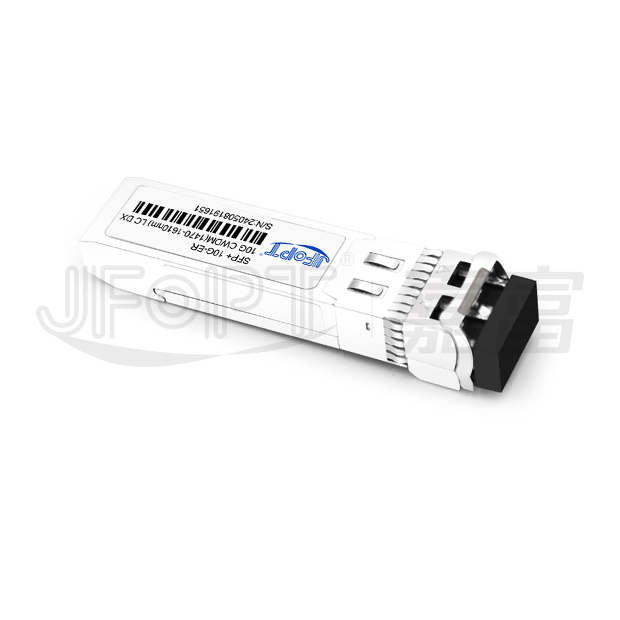
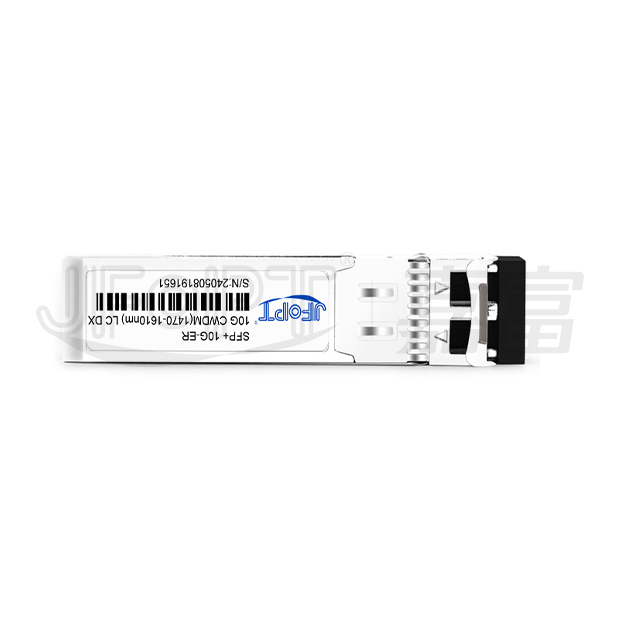
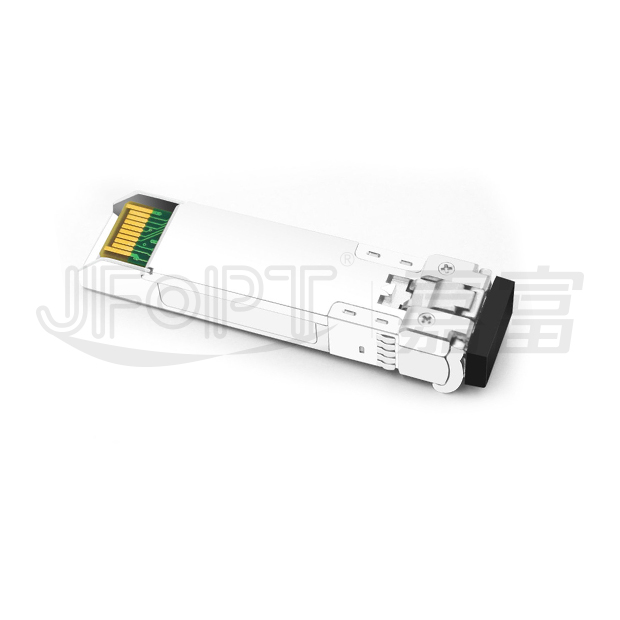
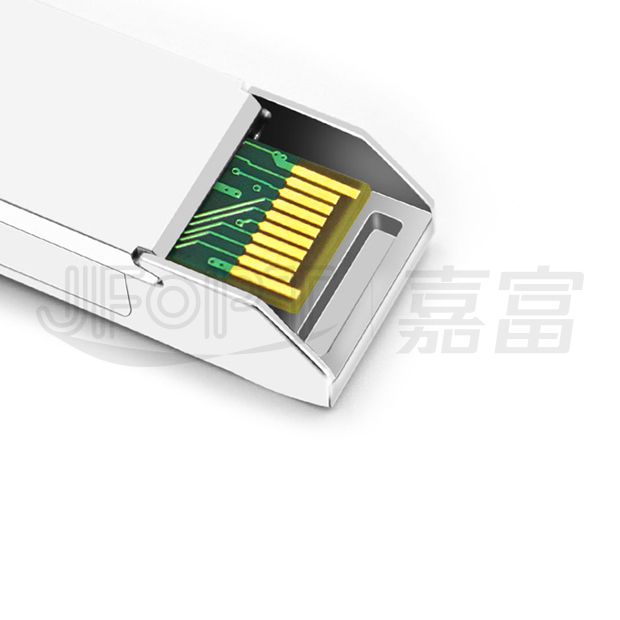
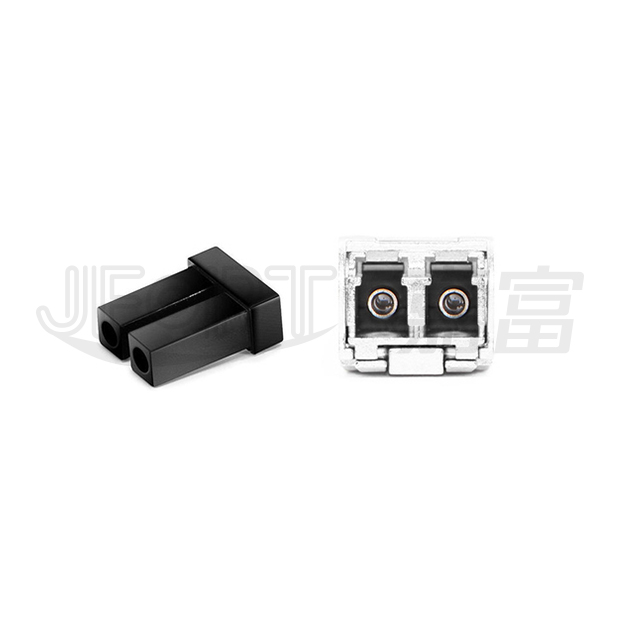






 Wendy
Wendy Sophie
Sophie Jeanne
Jeanne












